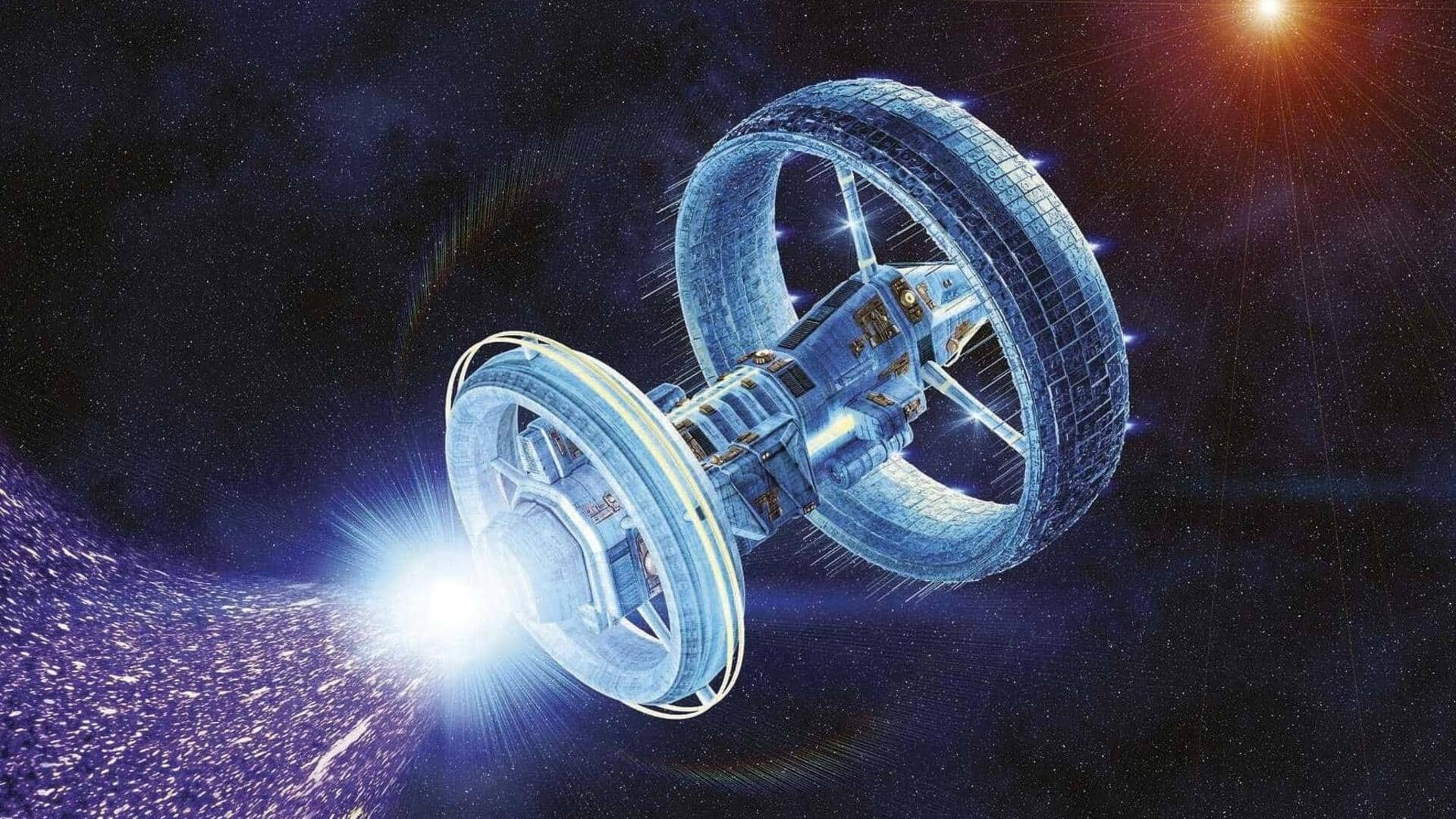
Warp drives for interstellar travel could become reality, study suggests
What's the story
A groundbreaking study led by Jared Fuchs, a senior scientist at Applied Physics, suggests that warp drives may no longer be confined to the realm of science fiction. Fuchs claims that these hypothetical devices, which could potentially propel spacecraft by warping space-time fabric, could indeed be possible. "This study changes the conversation about warp drives," said Fuchs, adding that their first-of-its-kind model, demonstrates that warp drives might not just be a figment of imaginative literature.
Know more
From science fiction to real-world application
A warp drive is a propulsion system concept often depicted in science fiction as a means of achieving faster-than-light travel. A space warp describes a hypothetical scenario where such a spacecraft could be used. Were warp drives to become feasible, their potential implications would be profound, offering the ability to traverse vast cosmic distances in a fraction of the time. Regrettably, such a technology is extremely tricky to reconcile with our current understanding of the laws of physics.
Research
A "milestone study" for Applied Physics
The study, recently published in the journal Classical and Quantum Gravity, is a "milestone study" for Applied Physics, a start-up that has been exploring warp drives for several years. The research introduces the concept of a "warp bubble" that would allow passengers to remain unaffected by changes in space-time and gravitational forces. According to the company's statement, this bubble operates "within the bounds of known physics," enabling a "constant velocity subluminal warp drive."
Theoretical alignment
Warp drive model aligns with Einstein's theory
The proposed warp drive model suggests that it could approach the speed of light without exceeding it, aligning with our current understanding of Einstein's theory of relativity. The researchers also addressed the long-standing issue of needing "exotic matter" or "negative matter" to power such a drive. Christopher Helmerich, coauthor and senior scientist at Applied Physics, stated that their design demonstrates "warp effects can be achieved without exotic forms of matter," albeit requiring a considerable amount of energy.
Future prospects
Interstellar voyages still a theoretical concept
Despite the promising findings, Applied Physics CEO Gianni Martire emphasized that the company is not yet preparing for interstellar voyages. The warp drive concept outlined in this latest paper remains entirely theoretical in nature. Martire stated that there is still much to prove before we can visit other star systems thousands of light-years away, indicating that the journey from theory to practical application of warp drives is far from over.